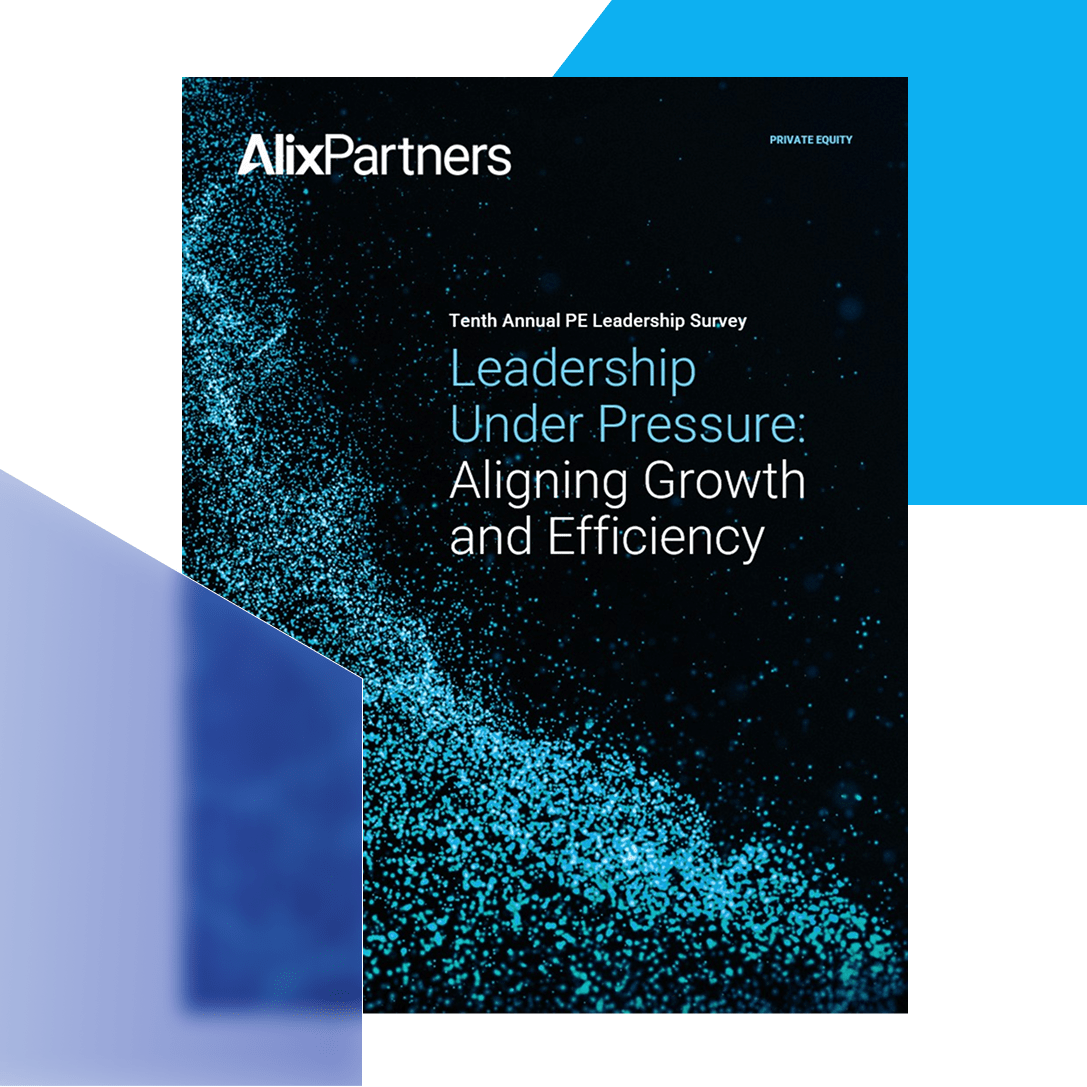
Ninth Annual Private Equity (PE) Leadership Survey | 2024
For ten consecutive years now, AlixPartners has monitored the most-significant trends and developments affecting private equity (PE) leadership, through our annual survey of PE firms and portfolio companies (portcos).
In the decade during which we have conducted this research, we have frequently documented the increasing importance of (1) leadership and talent management to the PE industry and (2) the companies in which the industry invests. Many factors have risen in prominence during this period, and they have come together to make human capital more valuable in creating tangible value.
Each year, findings from the AlixPartners PE Leadership Survey deliver valuable insights on themes relevant to the success of PE investments. This year, we heard from 361 PE and portco executives, who told us their priorities, described the pressures they face, gave their opinions about the importance of leadership and their evaluation of their own leadership capabilities, and listed ways things could be improved.
See how leaders leading under pressure and aligning on growth and efficiency in the findings from our Tenth Annual PE Leadership Survey.



Sign up to receive updates from AlixPartners’ industry experts regarding the Annual PE Leadership Survey.
Subscribe to survey insights